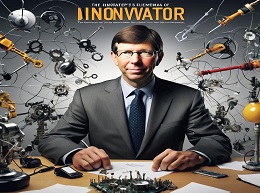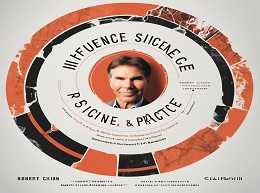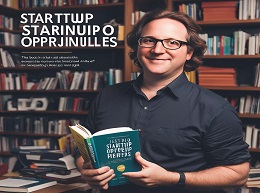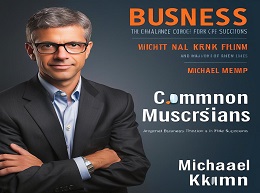Good to Great
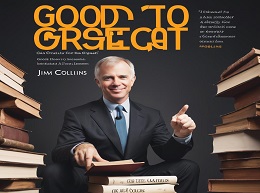
"Good to Great" by Jim Collins is a seminal work in the realm of business literature, offering profound insights into what separates great companies from merely good ones. Collins and his team of researchers spent five years studying companies that achieved sustained greatness over a 15-year period, uncovering key principles that propelled them to success. In this comprehensive review, we'll delve into the core concepts of "Good to Great," provide real-world examples, and explore how readers can apply these principles to their own organizations.
Level 5 Leadership:
Collins introduces the concept of Level 5 Leadership the highest level of leadership characterized by humility, ambition for the company's success rather than personal glory, and unwavering resolve to do what is best for the organization. Level 5 leaders build enduring greatness by cultivating a culture of discipline, trust, and empowerment.
Example:
Consider the story of Alan Mulally, the former CEO of Ford Motor Company. When Mulally took the helm at Ford, the company was struggling financially and losing market share. Through his Level 5 leadership, Mulally transformed Ford's culture by fostering collaboration, transparency, and accountability. Under his guidance, Ford rebounded from the brink of bankruptcy to become one of the most successful and innovative automakers in the world.
The Hedgehog Concept:
Collins introduces the Hedgehog Concept a framework for achieving sustained success by focusing on what the company can be the best in the world at, what drives its economic engine, and what it is deeply passionate about. Companies that embrace the Hedgehog Concept achieve clarity of purpose and alignment of efforts, enabling them to outperform competitors in the long run.
Example:
Take the example of Southwest Airlines, the low-cost carrier known for its exceptional customer service and operational efficiency. Southwest embraced the Hedgehog Concept by focusing on being the best at providing low-cost, point-to-point air travel with high customer satisfaction. By staying true to its core values and avoiding distractions, Southwest became one of the most successful airlines in the industry.
First Who, Then What:
Collins emphasizes the importance of getting the right people on the bus and in the right seats before deciding on the company's direction. Great companies prioritize hiring and retaining talented individuals who embody the company's core values and possess the skills and mindset necessary for success.
Example:
Consider the story of Google, the tech giant known for its innovative products and workplace culture. Google's founders, Larry Page and Sergey Brin, understood the importance of hiring exceptional talent from the outset. By attracting top engineers, designers, and innovators, Google built a world-class team that propelled the company to unprecedented success and revolutionized the way we use the internet.
Confront the Brutal Facts:
Collins argues that great companies confront the brutal facts of their current reality with unwavering honesty and transparency. By facing challenges head-on and embracing a culture of continuous improvement, organizations can adapt to changing market conditions and emerge stronger than ever.
Example:
Take the example of IBM, the multinational technology company. In the early 1990s, IBM faced a crisis as its mainframe computer business declined rapidly. Under the leadership of CEO Lou Gerstner, IBM confronted the brutal facts of its situation and embarked on a radical transformation to reinvent itself as a services and software company. By acknowledging its weaknesses and embracing change, IBM revitalized its business and regained its position as a market leader.
The Flywheel Effect:
Collins introduces the concept of the flywheel the cumulative effect of small, consistent actions that build momentum over time. Great companies achieve sustained success by relentlessly pushing the flywheel, focusing on incremental improvements and staying disciplined in their execution.
Example:
Consider the story of Amazon, the e-commerce giant founded by Jeff Bezos. Amazon's flywheel revolves around customer obsession, innovation, and operational excellence. By continuously improving its product offerings, expanding into new markets, and investing in infrastructure and technology, Amazon has built a flywheel of growth and innovation that has propelled it to become one of the most valuable companies in the world.
In conclusion, "Good to Great" by Jim Collins is a timeless guide to achieving sustained success and greatness in business. By embracing Level 5 leadership, focusing on the Hedgehog Concept, prioritizing people, confronting the brutal facts, and harnessing the power of the flywheel, organizations can transcend mediocrity and achieve enduring greatness. As readers apply the principles of "Good to Great" to their own organizations, they can unlock their potential and build a legacy of success that stands the test of time.
